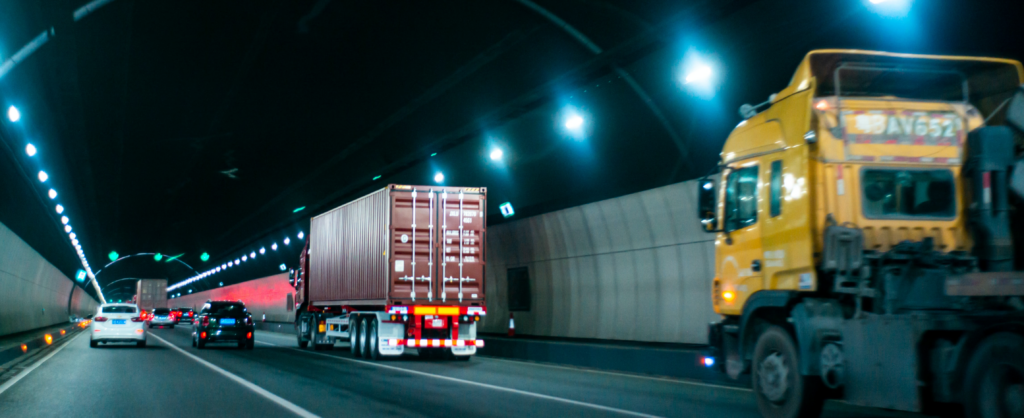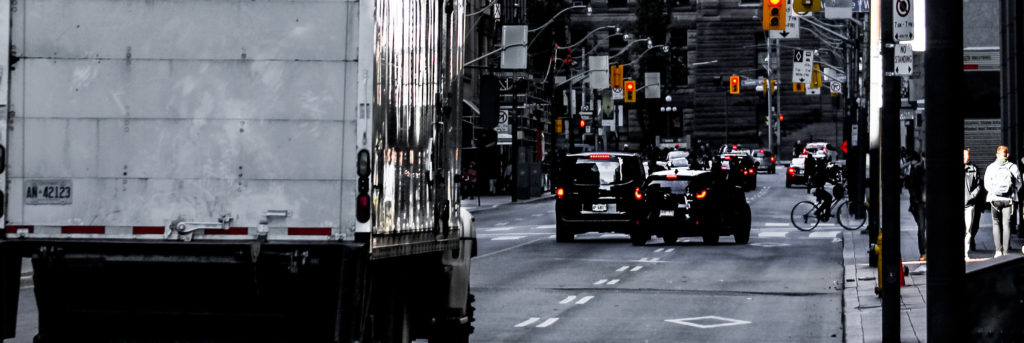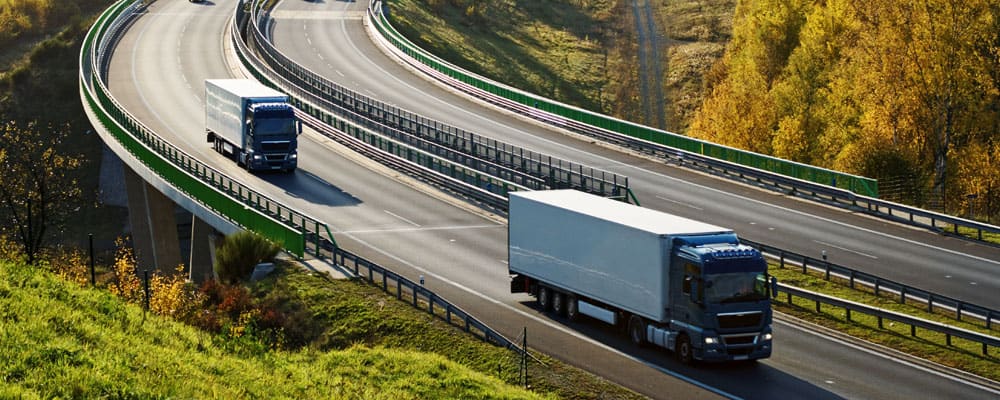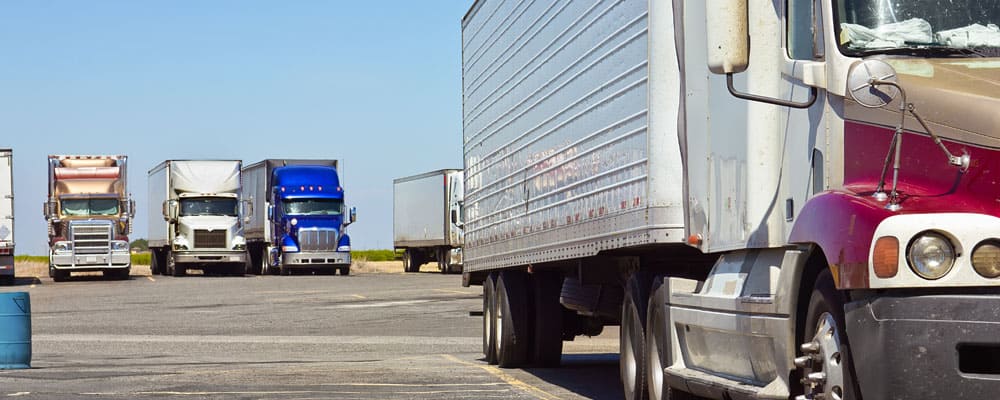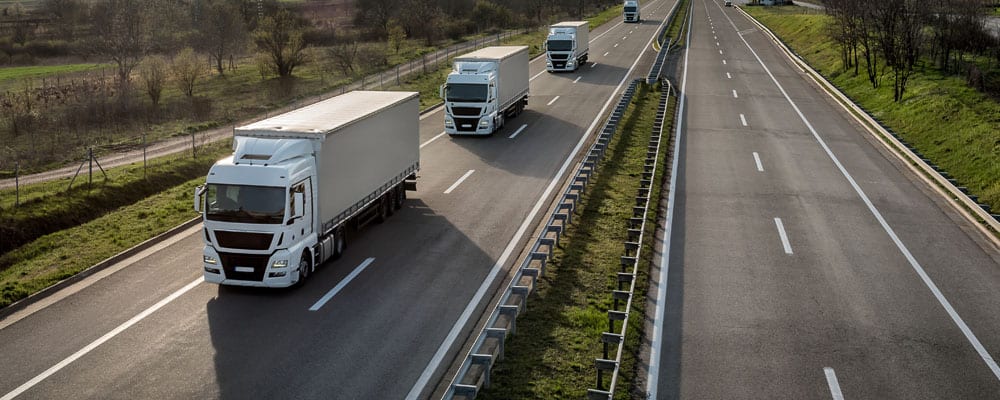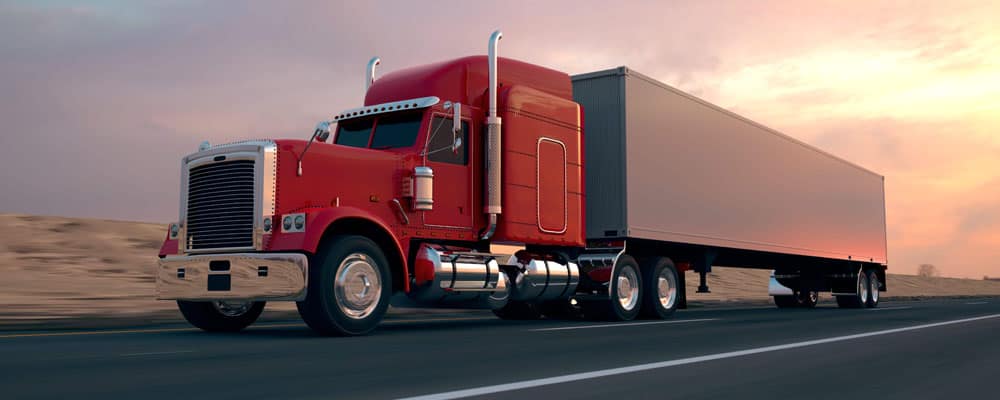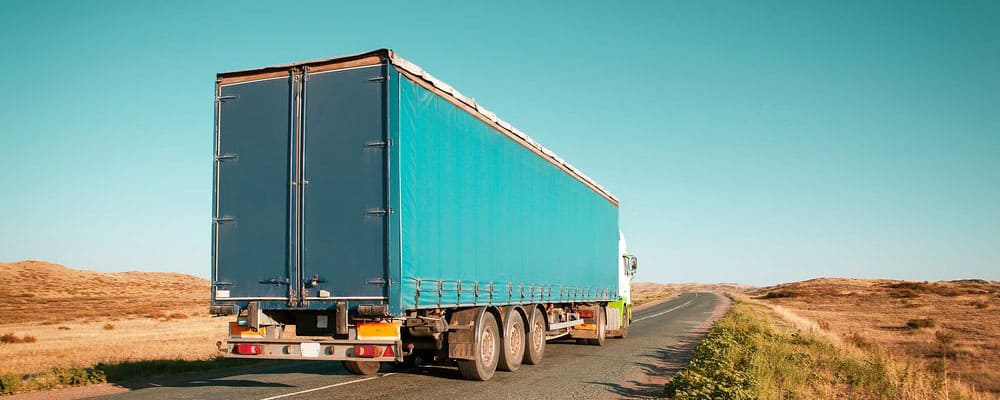Truck traffic creates the most road wear, but what’s the best way to accurately measure truck traffic? That’s where Big Data comes in. GPS data can pinpoint trip origin, destination, route, duration, and more. Traditional truck traffic measurement just can't keep up.
